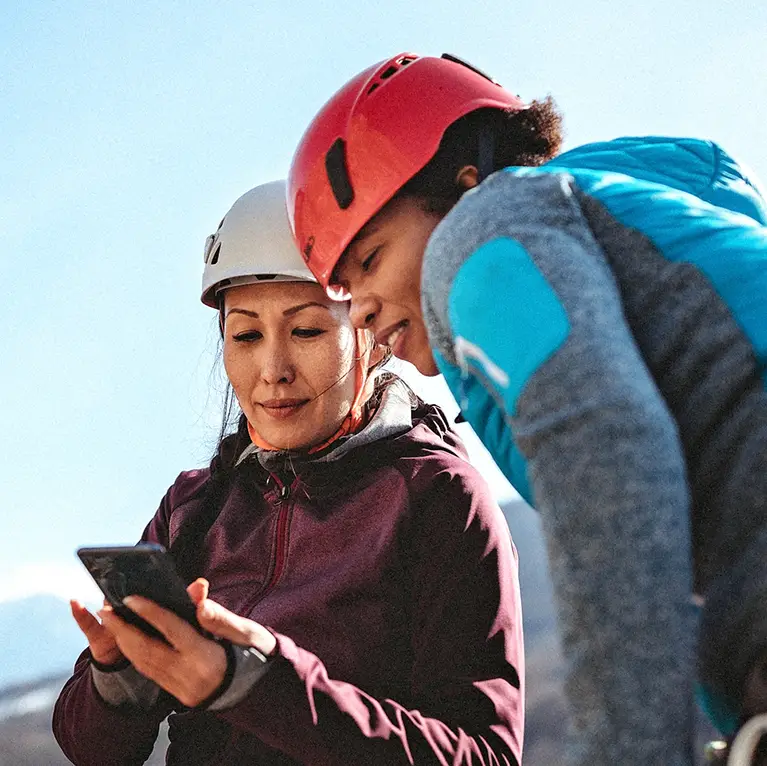Taking the Leap: Transitioning from Climbing Gyms to the Great Outdoors
Transitioning from the predictable environments of a climbing gym to the natural and expansive outdoor cliffs offers a unique set of challenges and experiences that indoor settings cannot replicate. Outdoor climbing not only tests your skills on natural rock formations but also immerses you in environments that enhance your problem-solving abilities and mental resilience. This shift from indoor rock climbing to nature’s unpredictable terrains encourages a deeper engagement with the sport, pushing climbers to develop not just physical strength but also strategic thinking and adaptability.

The growing popularity of indoor climbing
Climbing gyms have transformed from simple indoor facilities into vibrant community centers where enthusiasts from both the rock climbing gym and bouldering gym scenes converge. Venues like Trailhead Climbing + Fitness, Calgary Climbing Centre, Rock Jungle & Elevation Place have quickly become popular not just with serious climbers but also with those seeking a fun and engaging way to maintain fitness. These gyms provide a unique combination of physical exertion and mental stimulation, offering a workout that challenges both body and mind.
Starting at a climbing gym offers undeniable benefits, particularly for novices. It provides a secure environment where beginners can learn essential climbing techniques—such as effective grip and body positioning—free from the unpredictable elements associated with outdoor climbing. This initial training in indoor climbing is vital, preparing climbers for the complexities of natural rock faces while also accommodating a wide range of skills from wall climbing to indoor rock climbing.
Climbing gyms are more than just places to climb; they are communities where climbers share techniques, celebrate successes, and support one another through challenges. Whether it’s a local facility or a specialized gym, the culture of community and mutual growth is prominent. As climbers enhance their skills, the expertise developed within these gyms becomes invaluable, enabling them to confidently transition to outdoor environments or tackle more challenging indoor routes.
The call of the wild: Outdoor climbing
Indoor climbing, while providing a controlled and welcoming environment to learn the basics of climbing, merely scratches the surface of what the sport has to offer. The true allure lies in outdoor climbing, where the natural world challenges climbers with its rugged textures and unpredictable conditions.
This transition exposes climbers to the core elements of the sport—complex route finding, varying rock types, and the ever-changing weather—each adding a unique layer to the adventure. It’s not solely about physical strength or mastering technique; outdoor climbing demands adaptability, quick decision-making, and a deep immersion into nature’s untamed beauty.
The role of an indoor climbing gym is foundational, serving as a crucial stepping stone to grander outdoor escapades. Here, climbers build a solid base of skills, learn essential safety protocols, and gain the confidence needed for more daunting climbs. The gym’s controlled environment is perfect for focused skill development, from honing grip techniques to practicing controlled falls. Such preparation is indispensable as it arms climbers with the necessary tools to navigate and enjoy the complexities of outdoor climbing safely.
By transitioning from gym to crag, climbers are not merely moving locations—they are progressing on a path that transforms basic indoor lessons into expansive and enriching outdoor experiences.

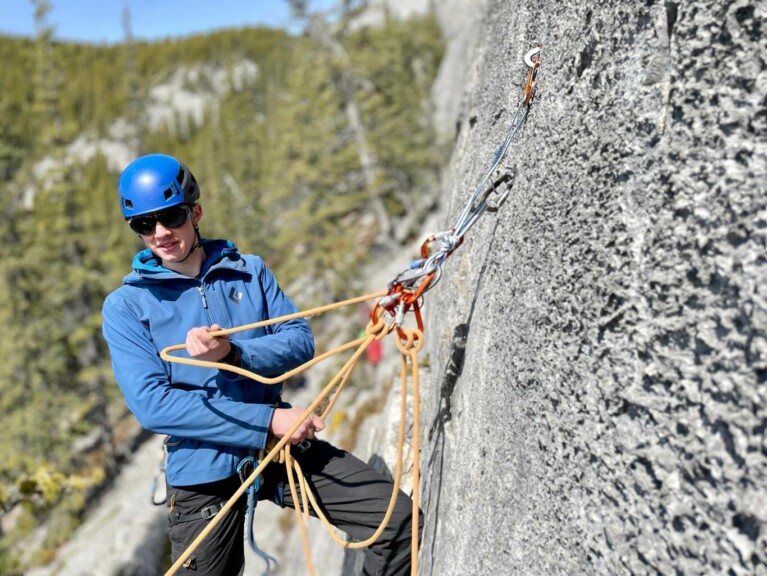
Skills Transfer: From Indoor to Outdoor
The skills developed in the structured environment of a climbing gym are highly transferable to the dynamic challenges of outdoor climbing. In both settings, fundamental techniques like precise footwork, effective body positioning, and efficient grip management play critical roles. Whether navigating the plastic holds of an indoor climbing wall or engaging with the unpredictable textures of a natural cliff, these skills are universal.
Training in a gym setting lays the groundwork for movement and strategic thinking necessary for confidently approaching outdoor routes.
Furthermore, indoor rock climbing fosters essential problem-solving skills and physical endurance—attributes that are indispensable when confronted with the variable and often demanding conditions found in natural environments.
One of the key skills honed within the colorful, marked paths of climbing gyms is route reading. This ability is directly applicable to outdoor settings, where successful navigation of unmarked routes is crucial. The transition from indoor to outdoor climbing not only tests a climber’s physical capabilities but also enhances their ability to mentally adapt to the complexities and aesthetics of the natural landscape.
Checklist: Gear Up for the Great Outdoors
When moving from the controlled atmosphere of an indoor climbing gym to the unpredictable and often demanding natural climbing environments, comprehensive preparation is key. The gear used indoors differs markedly from what is required outdoors, where the climbing forms vary significantly—ranging from bouldering and sport climbing to traditional climbing. For safety, outdoor climbers must equip themselves with helmets to guard against falling debris, cams to secure placements in rock cracks, and quickdraws for navigating sport climbing routes. Additionally, because outdoor conditions can fluctuate swiftly, wearing the right clothing and layering effectively is vital to accommodate changing temperatures and weather conditions efficiently.
Understanding and respecting the outdoor environment is critical to maintaining safety while climbing. This respect includes having a robust communication plan, particularly in areas with unreliable cell service, and staying alert to weather patterns that could impact safety. Climbers must also prepare by packing navigational aids and establishing a comprehensive plan that considers potential hazards. Knowing basic first aid and being conscious of the local flora and fauna are essential to minimize environmental impact and support the sustainability of these natural areas. As the climbing community grows, so does the responsibility to maintain access and care for these environments, emphasizing the need to adhere to Leave No Trace principles.
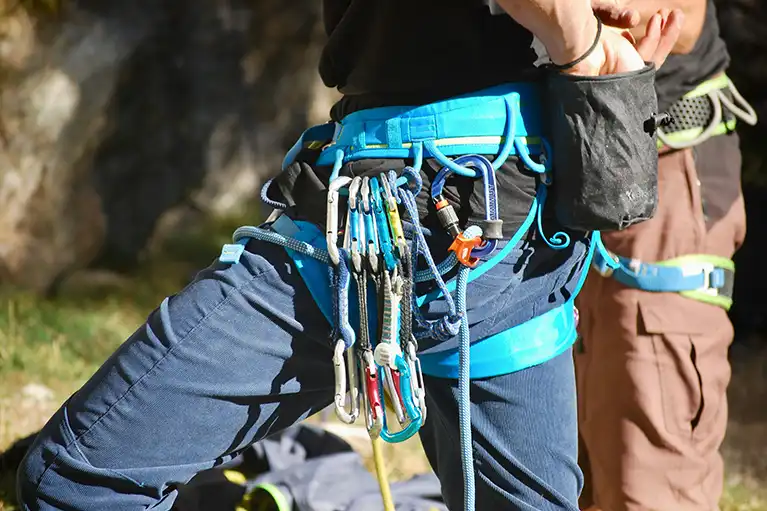
Safety Gear
- Helmet to protect against falling debris
- Harness for securing yourself
- Climbing shoes that offer grip and comfort on natural surfaces
- Carabiners and quickdraws for creating and securing anchor points
- Rope appropriate for the type of climbs planned (dynamic for sport climbing, static for hauling on big walls)

Appropriate Clothing
- Base layers for moisture management
- Insulating layers for warmth
- Shell layer for wind and water protection
- Gloves and hat for colder conditions
- Durable climbing pants and jacket

Navigational Tools
- Map of the climbing area
- Compass or GPS device
- Altimeter (often found in advanced GPS devices)
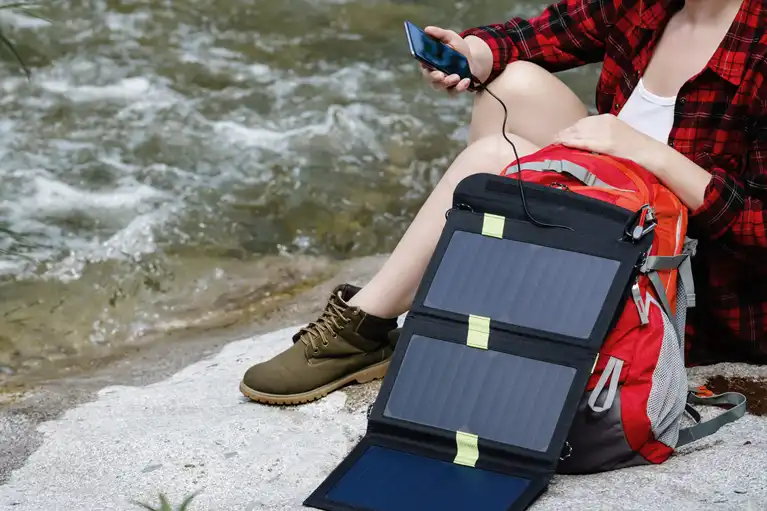
Communication Plan
- Inform someone of your route and expected return time
- Carry a whistle and mirror for emergency signaling
- Portable charger and satellite phone or two-way radio where service is patchy
- Emergency GPS call device like an InReach (phones are great, until they are not)
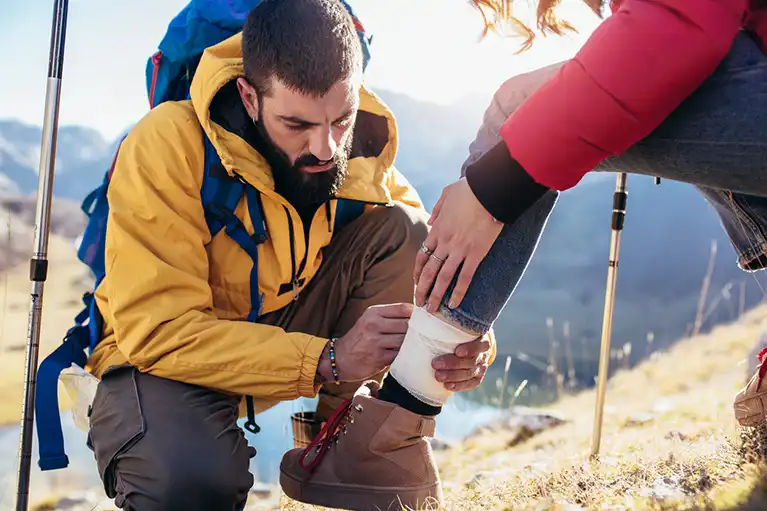
First Aid and Emergency Kit
- Basic first aid kit with bandages, antiseptics, and blister care
- Emergency blanket and heat packs
- Multi-tool with knife
- Headlamp with extra batteries
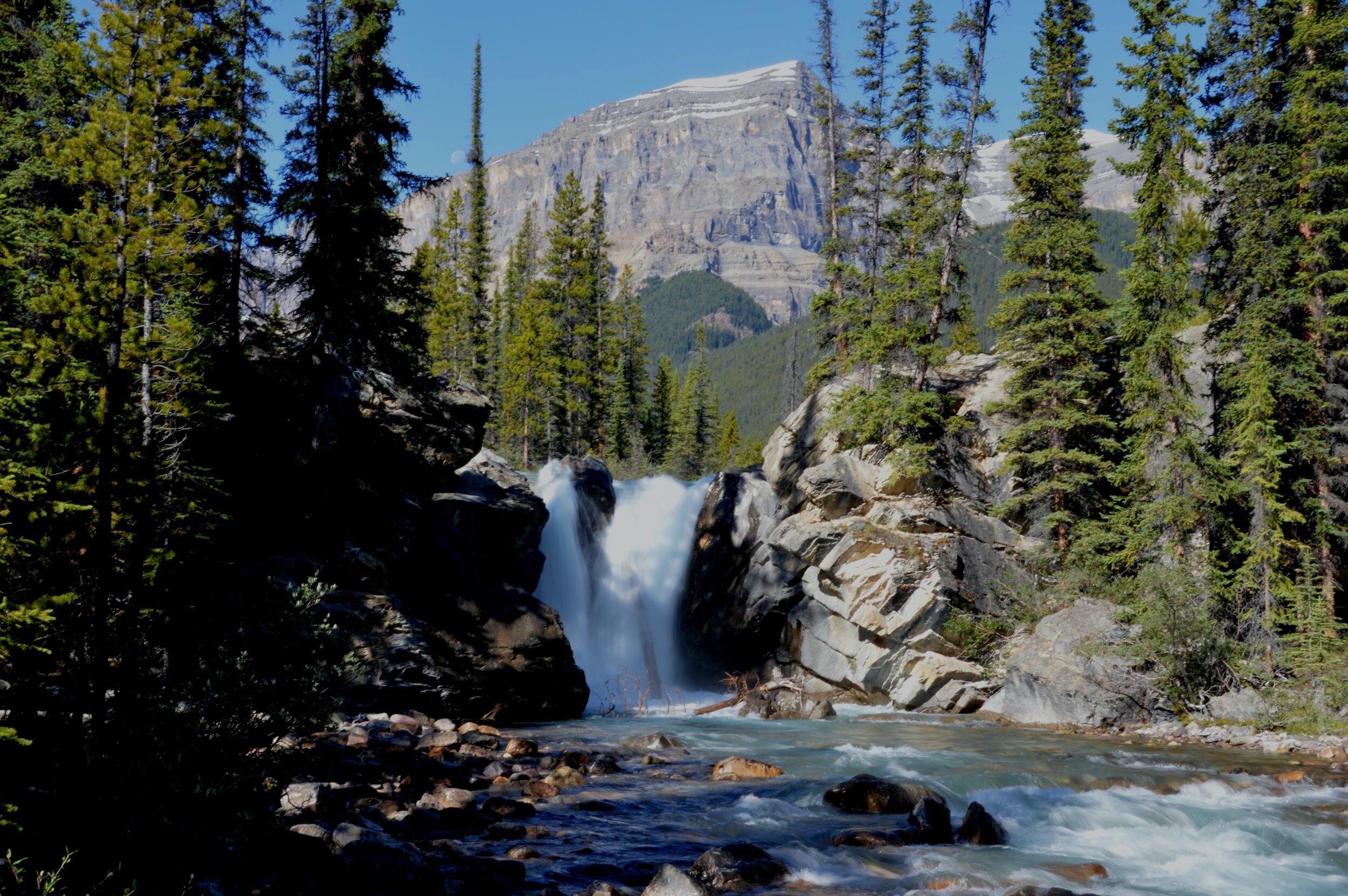
Environmental Care
- Biodegradable soap and waste bags
- Bear spray or other wildlife deterrents if in animal-prevalent areas
- Guide to local plants and animals to avoid harmful interactions
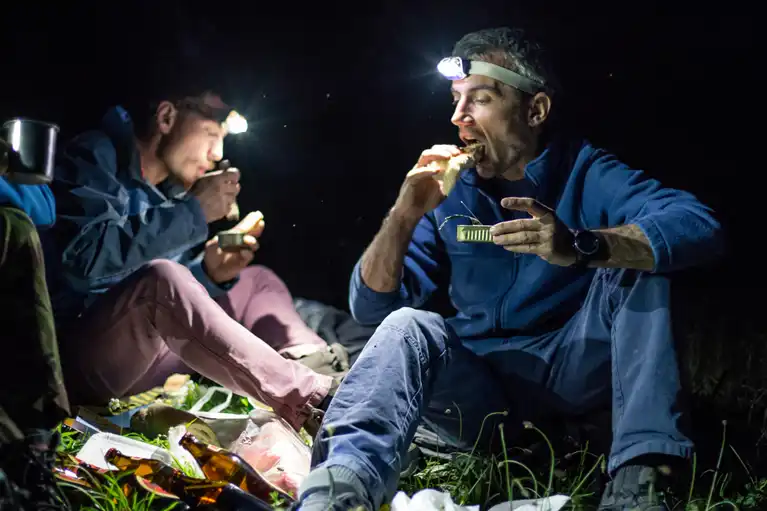
Miscellaneous
- Food and water for the day plus extra
- Sunscreen and lip balm with high SPF
- Climbing permits if required and ID
Experience Climbing in the Great Outdoors
Encouraging the transition from indoor climbing walls to the vast expanses of outdoor cliffs isn’t just about changing settings; it’s about embracing a full spectrum of experiences that climbing gyms simply can’t offer. Outdoor climbing with Gitch Hitch Guiding provides not just the physical challenges of natural rock but also the mental and spiritual rejuvenation that only nature can supply.
The unpredictability of rock textures, the need for route finding, and the elements themselves turn each climb into a unique adventure—a stark contrast to the controlled conditions of indoor gyms. This variety not only pushes your climbing skills to new heights but also enhances your problem-solving abilities and resilience.
Stepping into the outdoor climbing scene with Gitch Hitch Guiding introduces climbers to breathtaking vistas and the raw beauty of untamed nature at locations like Nordegg & Lake Abraham, Alberta, where beginners and seasoned climbers alike can join guided climbs. These experiences are designed to not only teach the technical skills needed for successful climbs—such as footwork, balance, and fluid movement—but also offer a chance to connect with the environment in a way that indoor settings could never replicate.
With options available for all ages and fitness levels, and no prior experience required, outdoor climbing excursions provide a perfect gateway to enrich your physical fitness and mental well-being while forging lasting memories in the great outdoors.
For those ready to take their climbing journey outside, consider signing up for an adventure with experienced guides from Gitch Hitch Guiding who can provide all the necessary equipment and training. Embrace this chance to grow, explore, and challenge yourself in the embrace of nature. Whether it’s your first climb or one among many, the great outdoors offers a profound and enriching extension to the climbing gym experience.


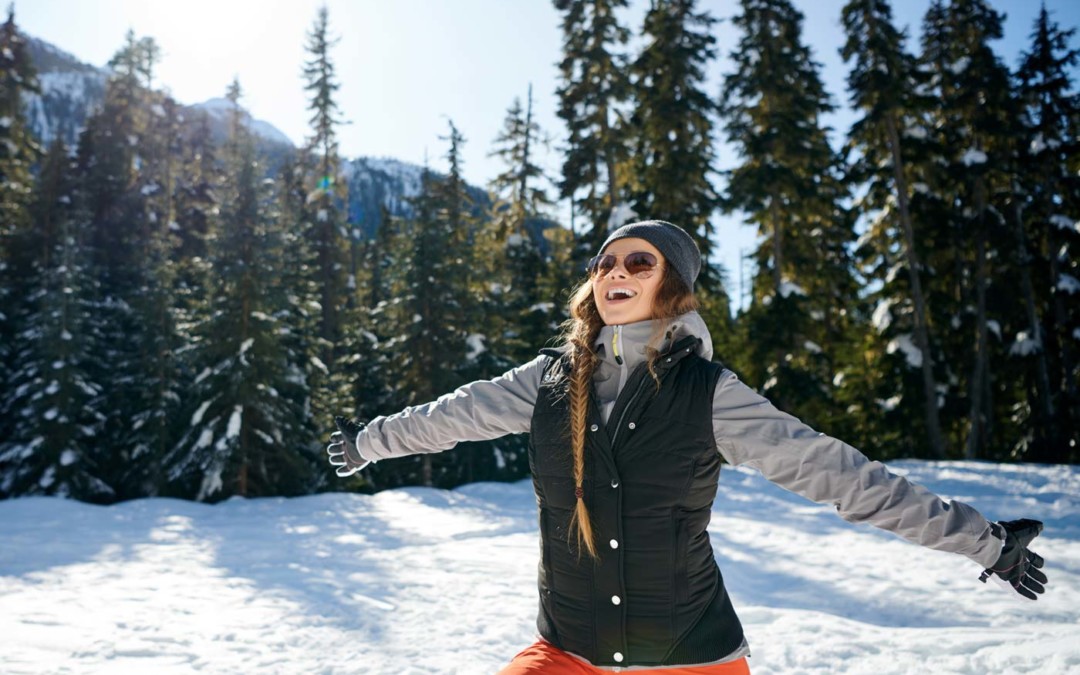

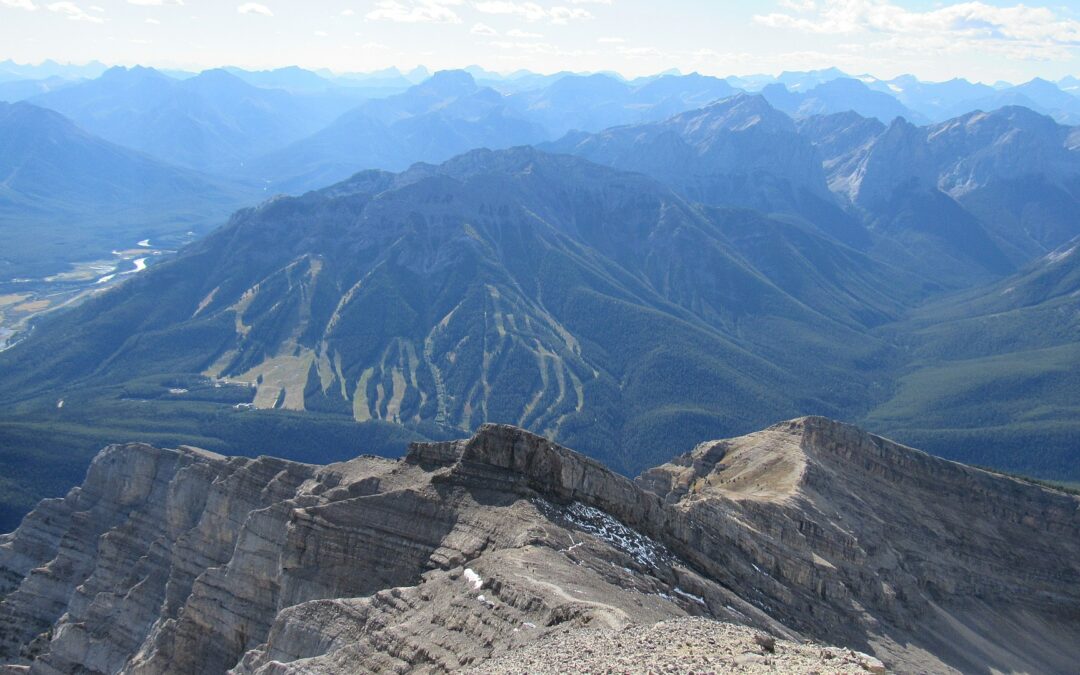
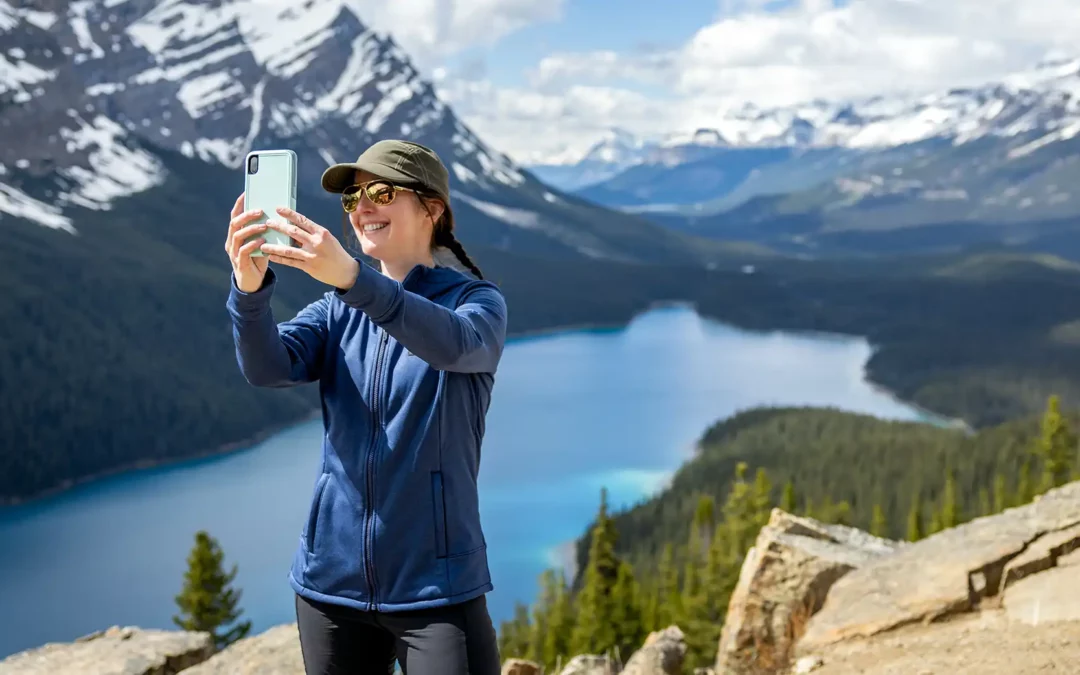
 Need help deciding which trip works for you?
Need help deciding which trip works for you?


